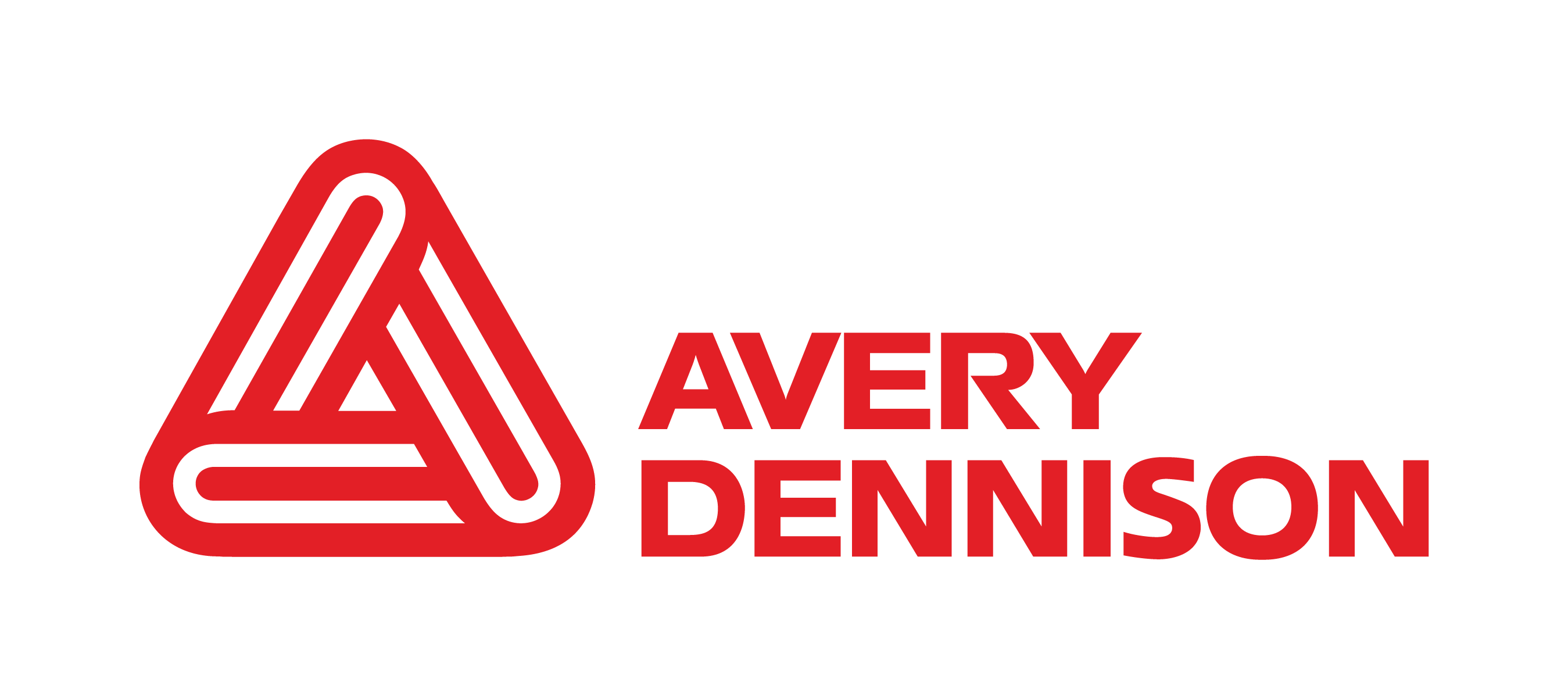In 2012, as part of a Cetie working group, we designed a new adhesive technology for filmic labels enabling them to remain in place on a glass container with the consumer but cleanly separate during recycling. We also contributed to the development of an important new test method; as methods for glass recycling aren’t yet standardized, this method could, with more research and collaboration , play a fundamental role in the future development of new testing standards.
At present, Peter Heederik, the director of R&D technology platforms at Avery Dennison Materials Group EMENA, is a member of the new ‘Design for Recycling—Glass Containers’ working group with Cetie. This group is dedicated to supporting the EU Commission in its effort to develop rules on recycling various types of glass containers as mandated by the PPWR. Along with the other members of the glass packaging value chain, Peter’s role is to apply the knowledge of label releasability in the glass recycling stream to help optimize the recyclability of single-use glass packaging.
“We need to ensure that all factors, including friction, heat and moisture, are considered,” says Peter. “It is therefore important we take a scientific approach to the correct testing protocol that takes into consideration the harmonization of design for recycling guidelines and the need from brands for labeling solutions that are both sustainable and high-quality.”
Navigating the complex landscape of paper recycling
Between a toughening regulatory landscape, evolving paper packaging designs and a growing complexity of recyclability guidelines, all industries contributing to the lifecycle of fiber-based packaging are facing increasing challenges to ensure an efficient paper recycling ecosystem.
While paper recycling rates in Europe are among the highest in the world, the evolution of paper packaging, its modern designs and the increasing complexity of the recycling landscape are posing a challenge for the sorting and recycling technologies developed decades ago. The quality and yields of recycled paper material resulting from these technologies are also under pressure due to new paper consumption trends. For example, the consumption of white fiber notebooks and magazines, a high-value waste stream, is decreasing while the consumption of brown fiber cardboard for shipping packaging and hybrid composite packaging is increasing.
In an effort to address these changes, different institutes across Europe have created their own recycling guidelines and test protocols, which has resulted in a complex playing field for the industry. However, there is a need for coordinated pan-European recycling standards and as such, collaboration is necessary.
As a member of the cross-industry alliance 4evergreen, we are directly involved in technical workstreams that develop tools and guidance for different aspects of fiber-based packaging sustainability and circularity.
As part of her role on the paper R&D team, Oana Barsan, senior specialist development engineer at Avery Dennison Materials Group EMENA, collaborates with various organizations to understand the complex and evolving paper recycling landscape throughout Europe and shape the future of this recycling stream. This will help us meet the newest paper recycling guidelines and be compliant with future regulations.
“Monitoring industry progress enables us to support our customers in navigating the complexity of the paper recycling infrastructure, to understand the impact of regulations and to ultimately help develop our products,” says Oana.







